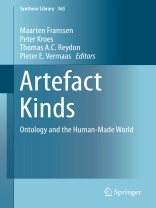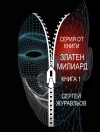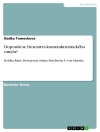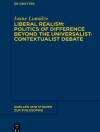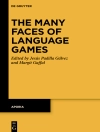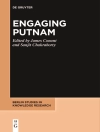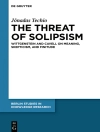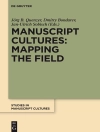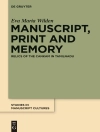This book is concerned with two intimately related topics of metaphysics: the identity of entities and the foundations of classification. What it adds to previous discussions of these topics is that it addresses them with respect to human-made entities, that is, artefacts. As the chapters in the book show, questions of identity and classification require other treatments and lead to other answers for artefacts than for natural entities. These answers are of interest to philosophers not only for their clarification of artefacts as a category of things but also for the new light they may shed on these issue with respect to to natural entities.
This volume is structured in three parts. The contributions in Part I address basic ontological and metaphysical questions in relation to artefact kinds: How should we conceive of artefact kinds? Are they real kinds? How are identity conditions for artefacts and artefact kinds related? The contributions in Part II address meta-ontological questions: What, exactly, should an ontological account of artefact kinds provide us with? What scope can it aim for? Which ways of approaching the ontology of artefact kinds are there, how promising are they, and how should we assess this? In Part III, the essays offer engineering practice rather than theoretical philosophy as a point of reference. The issues addressed here include: How do engineers classify technical artefacts and on what grounds? What makes specific classes of technical artefacts candidates for ontologically real kinds, and by which criteria?
विषयसूची
Chapter 1. Introduction: The Ontology of Technical Artefacts; Maarten Franssen, Peter Kroes, Thomas A. C. Reydon and Pieter E. Vermaas.- Part I: Artefact Kinds and Metaphysics.- Chapter 2. How Real are Artefacts and Artefact Kinds?; E. J. Lowe.- Chapter 3. Artifacts and Mind-Independence; Crawford L. Elder.- Chapter 4. Public Artifacts, Intentions, and Norms; Amie L. Thomasson.- Chapter 5. Artefact Kinds, Ontological Criteria and Forms of Mind-Dependence; Maarten Franssen and Peter Kroes.- Chapter 6. Artifact Kinds, Identity Criteria and Logical Adequacy; Massimiliano Carrara, Silvia Gaio and Marzia Soavi.- Part II: Artefact Kinds and New Perspectives.- Chapter 7. Creating Artifactual Kinds; Jesús Vega-Encabo and Diego Lawler.- Chapter 8. Metaphysical and Epistemological Approaches to Developing a Theory of Artifact Kinds; Thomas A. C. Reydon.- Chapter 9. Ethnotechnology: A Manifesto; Beth Preston.- Part III: Artefact Kinds and Engineering Practice.- Chapter 10. On What is Made: Instruments, Products and Natural Kinds of Artefacts; Wybo Houkes and Pieter E. Vermaas.- Chapter 11. Artefactual Systems, Missing Components and Replaceability; Nicola Guarino.- Chapter 12. Engineering Differences Between Natural, Social and Artificial Kinds; Eric T. Kerr.
